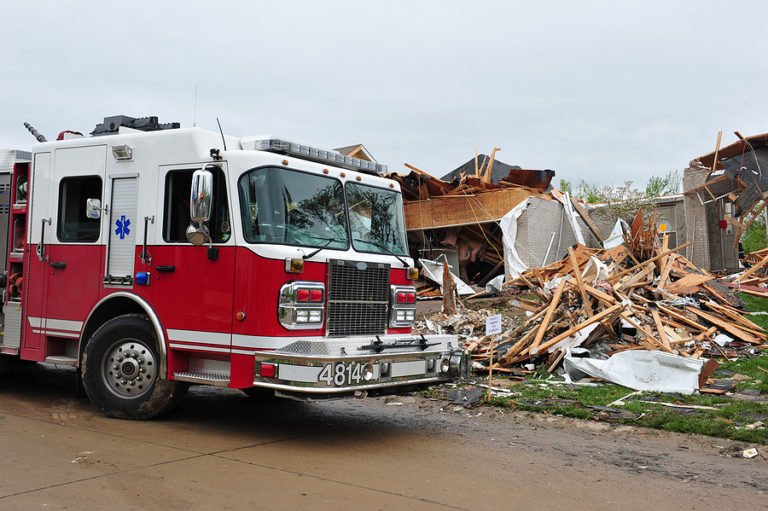Everyday Monitoring Feeds Emergency Response
The use of sensors and the analysis of data they capture has created a vast network of smart cities — localities that can use real time data to prioritize projects and spending. Perhaps one of the areas that benefit the most from this ability to “see” the city in real time is emergency management. For example, when Coral Gables, FL activated its emergency operations center (EOC) ahead of Tropical Storm Elsa, it used urban analytics from sensors to understand the water levels in canals and the amount of traffic in hurricane evacuation zones. You’ll find emergency management whitepapers, case studies, data sheets and many other resources on GovWhitePapers.
Using Data for Infrastructure Improvements
Outside of storms, environmental emergencies are becoming a routine exercise for localities. The frequency of high-tide flooding along the U.S. coasts has doubled since 2000, and it is expected to increase five to fifteen times more in the next 30 years, according to a report from the National Oceanic and Atmospheric Administration. To counteract this, communities can take a number of steps that include raising roadways and installing backflow preventers in stormwater systems, modifying building standards, and working with nature to preserve and restore coastal habitats that provide natural flood protection. All of these measures require gathering data to have a better understanding of what happens in different geographies of a region and what buildings, resources, and infrastructure are located there.
Fighting Fires with Data
Similarly, the incidence and intensity of wildfires are also rising. IoT is being looked at as a way to spot and begin battling fires sooner. The Department of Homeland Security’s Science and Technology Directorate partnered with first responders in California to run field tests of sensors in a controlled, outdoor environment. This was the second phase of the wildland-urban interface sensor technology program, which is reviewing a variety of prototype sensors and platforms to evaluate their smoke detection and alerting capabilities.
On GovWhitePapers, there are a number of resources available to learn more about how technology is enabling and even changing emergency management practices. Here are just a few:
- Protecting Communities and Saving Money — One of the most cost-effective ways to safeguard our communities against natural disasters is to adopt and follow hazard-resistant building codes. A new Federal Emergency Management Agency (FEMA) study has made the impact of building codes on sustainability clear. The cost of not adopting building codes is too high.
- Success of Future Disaster Response and Recovery Efforts Depends on FEMA Addressing Current Vulnerabilities — An identified pattern of internal control vulnerabilities negatively affect both disaster survivors and disaster program effectiveness. These vulnerabilities may hinder future response efforts by FEMA and its state and local Public Assistance (PA) grant recipients.
- VA Provides Health Care Assistance to Civilians as Part of the COVID-19 Federal Response — As the nation’s largest integrated health care system, the VA has significant resources to respond to large-scale disasters and emergencies requiring a public health response. As a part of the nation’s federal response to COVID-19, FEMA tasked the VA with providing emergency resources to support states, territories, tribes, and other federal agencies through mission assignments. This report describes how the VA determines its capacity to accept these assignments.
- Security Guidance for First Responder Mobile and Wearable Devices — Public safety officials utilizing the forthcoming public safety broadband networks will have access to devices such as smartphones, tablets and wearables. These devices offer new ways for first responders to complete their missions but may also introduce new security vulnerabilities to their work environment. To investigate this impact, security objectives were used to scope the analysis of public safety mobile and wearable devices and the current capabilities that meet those security objectives.
This is just a sampling of the content GovWhitePapers makes available to the government community and the industries that serve it. You can browse additional government white papers on emergency management through our search engine here:










